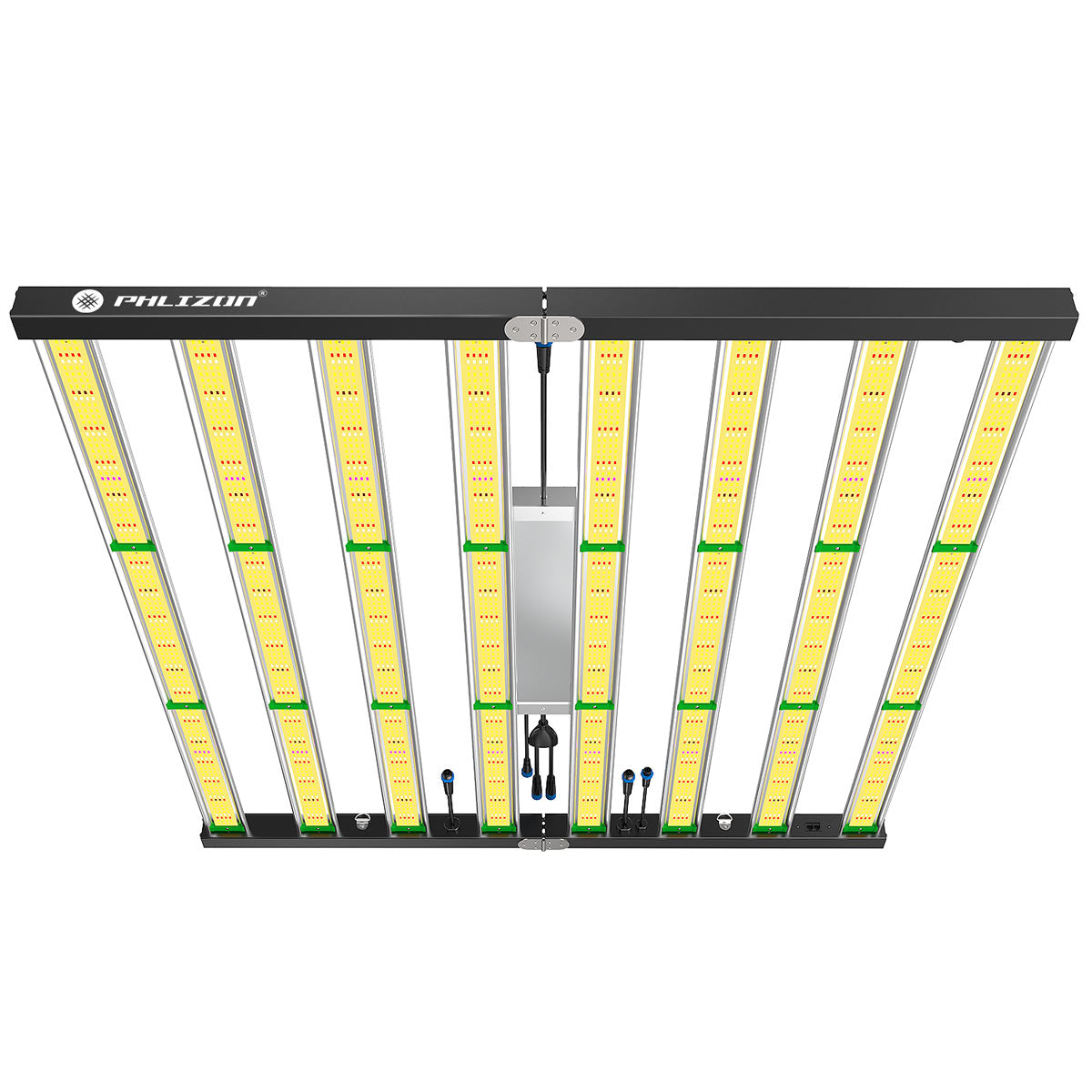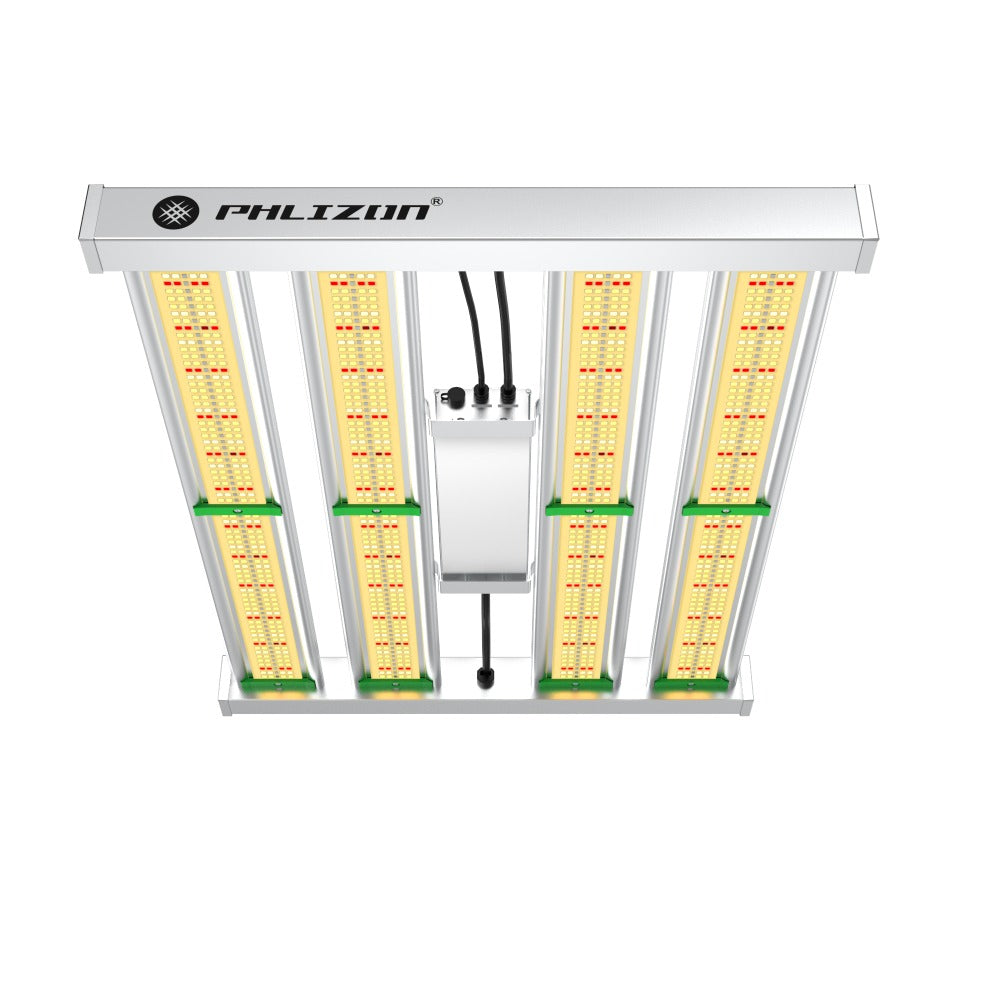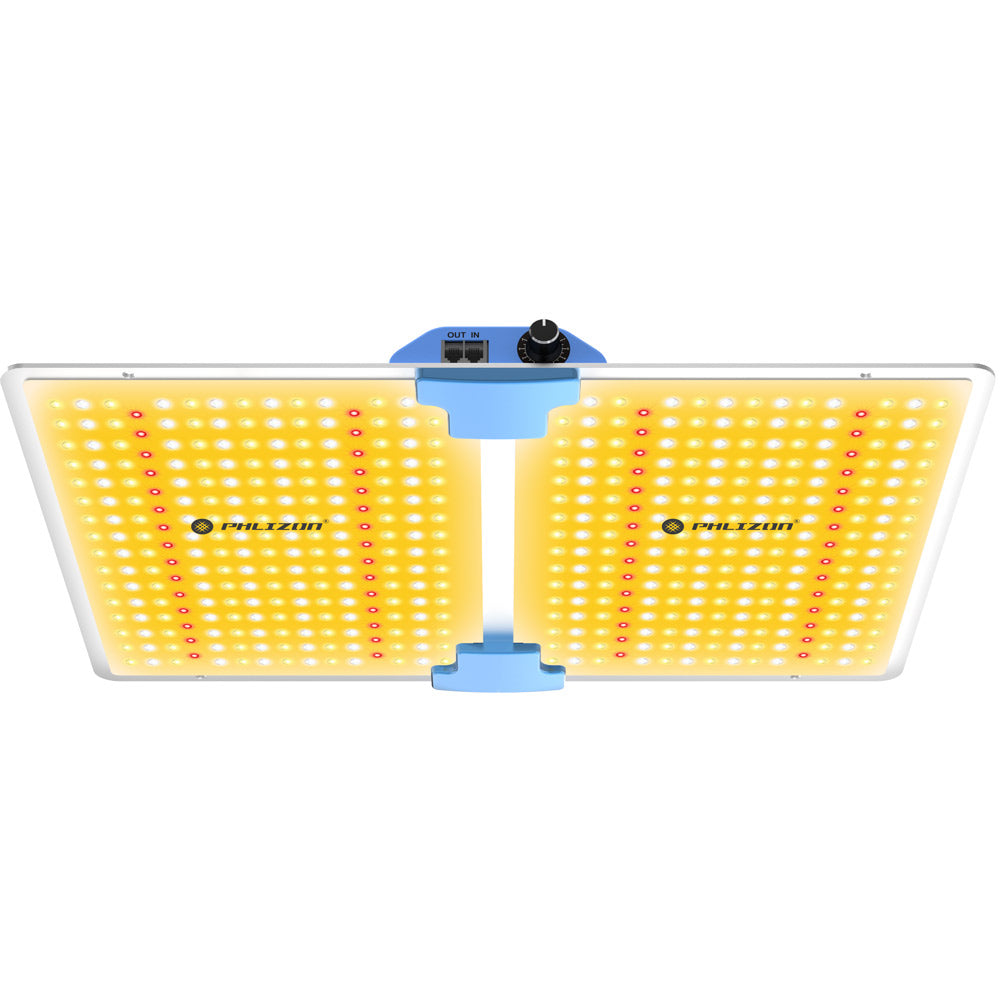Menu
Guide for Summer Indoor Growth
The summer sun might be blazing, but that doesn't mean your gardening aspirations have to retreat indoors. In fact, for many urban dwellers and those with limited outdoor space, summer presents a prime opportunity to cultivate a vibrant indoor garden. Whether you're battling unpredictable weather, pest pressures, or simply seeking a controlled environment for delicate plants, bringing your gardening efforts inside can yield impressive results. This guide will explore effective strategies for nurturing thriving plants within your home throughout the summer months, ensuring your indoor oasis flourishes even as the outdoor world experiences its peak.
Transitioning your gardening focus indoors during summer offers unique advantages. It allows for precise control over environmental factors like temperature, humidity, and light, which can be challenging to manage consistently outdoors. Furthermore, it provides a sanctuary for plants that might otherwise struggle with intense heat, drought, or seasonal pests. From maximizing natural light to supplementing with artificial solutions, this article will equip you with the knowledge to create an ideal indoor growing space that benefits from the summer season's extended daylight hours.
Maximizing Natural Light for Indoor Summer Growth
Summertime brings long, bright days. You can use this to help your indoor plants grow big and strong. Finding the best spots for your plants is key. Also, using simple tricks to spread light can make a big difference.
Strategic Plant Placement: Harnessing Window Light
Think about where the sun hits your windows. South-facing windows get the most intense, longest light. They are perfect for plants that love lots of sun, like succulents or herbs. East-facing windows offer gentle morning light. This is great for many common houseplants that prefer bright but indirect light. Watch how light moves through your home. Some plants, like ferns, only need a little morning sun. Match each plant's needs to the right window spot for optimal indoor growth.
Utilizing Reflective Surfaces and Mirrors
You can boost the light your plants get with mirrors. Place a mirror behind your plants to bounce light back onto them. Light-colored walls or white backdrops also reflect light well. This makes the whole room brighter for your indoor garden. Even light-colored furniture nearby can help spread the natural summer light. This simple trick helps lower your need for extra grow lights.
Understanding Light Intensity and Duration
Summer means more hours of daylight. This is great news for your indoor plants. Pay attention to how green your plant leaves are. Pale leaves might mean not enough light. Very dark green leaves on a plant that should be light could mean too much light. Learning to read your plant's signals helps you adjust its spot. You want your indoor plants to get just the right amount of summer sun.
The Role of Supplemental Lighting in Summer
Even with great window placement, some indoor plants need more light. Or maybe you don't have enough sunny windows. This is where artificial grow lights come in handy. They help your plants thrive indoors during the summer.
Choosing the Right Grow Lights: LED vs. Fluorescent
LED grow lights are a top choice for indoor gardening. They use less power and last a long time. They also give off very little heat, which is good for summer. Fluorescent lights, like T5s, are more budget-friendly upfront. They are good for starting seeds or for plants that need less intense light. Consider what your plants need most and how much you want to spend.
Light Spectrum and Plant Growth Stages
Plants use different light colors for different things. Blue light helps plants grow sturdy leaves and stems. Red light is best for flowering and making fruit. Full-spectrum lights give off a mix of colors, mimicking natural sunlight. They work well for all stages of plant life. Check your plant's needs to pick the best light spectrum for its indoor growth.
Creating a Lighting Schedule for Optimal Growth
Plants need a rest period, just like us. Most plants do best with 12 to 16 hours of light each day. Then, they need a period of darkness. Use a timer to keep your light schedule consistent. This helps your indoor plants stay healthy and grow without stress. A set schedule helps them know when to "sleep" and when to "wake up."
Essential Watering and Humidity Management
Water and humidity are super important for indoor plants. Getting them right, especially in summer, makes a big difference. Warm summer air can dry out plants faster.
Adjusting Watering Schedules for Summer Conditions
The heat indoors during summer can make your potting mix dry out quicker. You might need to water your indoor plants more often. Always check the soil first. Stick your finger an inch or two into the soil. If it feels dry, it's time to water. Don't overwater, though, as soggy soil is bad for roots. Smaller pots and terracotta pots dry out faster than large plastic ones.
Increasing Humidity for Tropical and Tropical-Adjacent Plants
Many indoor plants come from tropical places. They love high humidity. Summer air, especially with air conditioning, can be very dry. You can raise humidity by placing plants together. Using a pebble tray filled with water beneath plants helps too. A small humidifier in your plant area works wonders for happy, healthy indoor plants.
Understanding Drainage and Preventing Root Rot
Good drainage is a must for indoor plants. Always use pots with holes at the bottom. This lets extra water escape. A good potting mix also drains well. Mix in things like perlite or bark for better airflow. Standing water in the pot can lead to root rot. This makes your plants sick and can kill them. Proper drainage protects your roots, especially in warmer summer conditions.
Nutrient Management and Soil Health
Plants need food to grow, especially when they're actively growing in summer. Giving them the right nutrients keeps them strong. Healthy soil also plays a big part in their success.
Summer Feeding Regimens for Indoor Plants
Your indoor plants are often growing fast in summer. This means they need more food. Use a balanced liquid fertilizer designed for houseplants. Follow the directions, but often, feeding every 2-4 weeks is enough. Slow-release fertilizers can also work. These little pellets feed your plants over several months. Always water your plants before you fertilize them.
Choosing the Right Potting Mix for Summer Growth
A good potting mix is light and airy. It lets water drain out but still holds some moisture. Look for mixes that include perlite, vermiculite, or coco coir. These ingredients help roots get air and prevent soil from becoming too packed. A healthy mix makes it easier for your plants to take up nutrients. It's vital for strong indoor summer growth.
Repotting and Refreshing Soil
Plants sometimes outgrow their homes. When roots start circling the bottom of the pot, it's time to repot. You can also just refresh the top layer of soil. This adds new nutrients and improves air flow. Fresh soil gives your indoor plants a boost. It ensures they have plenty of room and food to keep growing all summer long.
Pest and Disease Prevention Indoors
Even indoor plants can get pests or diseases. Warm summer air can sometimes encourage them. Checking your plants often helps you catch problems early. A healthy plant fights off problems better.
Identifying and Treating Common Indoor Pests
Watch for tiny bugs on your plants. Spider mites make small webs and yellow spots. Mealybugs look like white cottony patches. Fungus gnats fly around your soil. If you spot them, act fast. You can wipe them off with rubbing alcohol. Neem oil spray also works well. Keep an eye out to stop big infestations of indoor plant pests.
Recognizing and Managing Fungal and Bacterial Diseases
Overwatering and poor air can cause plant diseases. Powdery mildew looks like white powder on leaves. Root rot makes roots mushy and brown. Make sure your plants have good airflow. Don't let water sit in saucers. Healthy watering habits prevent many common indoor plant issues.
Implementing Integrated Pest Management (IPM)
IPM means using a smart plan to keep pests away. First, check your plants regularly for any signs of trouble. This is key for early pest detection. Then, try simple solutions like wiping leaves clean. Only use stronger treatments if you really need to. This approach keeps your indoor garden healthy and lowers chemical use.
Conclusion: Thriving Indoor Gardens All Summer Long
You can definitely have a beautiful, growing indoor garden all summer long. By paying attention to light, water, humidity, and food, your plants will flourish. Creating a controlled space inside protects them from summer's outdoor challenges. With these tips, your home can become a vibrant green oasis.
Key Takeaways for a Flourishing Indoor Summer
- Place plants near south or east windows for best natural light.
- Use mirrors or light walls to reflect more sunlight.
- Consider LED grow lights to boost growth, especially for hungry plants.
- Stick to a consistent light schedule with a timer.
- Adjust watering as needed; check soil dryness regularly.
- Raise humidity for tropical plants with pebble trays or humidifiers.
- Fertilize indoor plants regularly during their summer growth spurt.
- Choose well-draining potting mix and ensure good pot drainage.
- Inspect plants often for pests and treat them quickly.
- Ensure good air circulation to stop diseases.
Embracing the Indoor Gardening Journey
Indoor gardening is a rewarding hobby, no matter the season. Summer offers a great chance to see your plants truly thrive with longer daylight hours. Don't be afraid to try new things and learn from your plants. Enjoy the process of nurturing your indoor green friends. You'll create a lovely, living space in your home all year round.
Featured blog
- Choosing a selection results in a full page refresh.

















